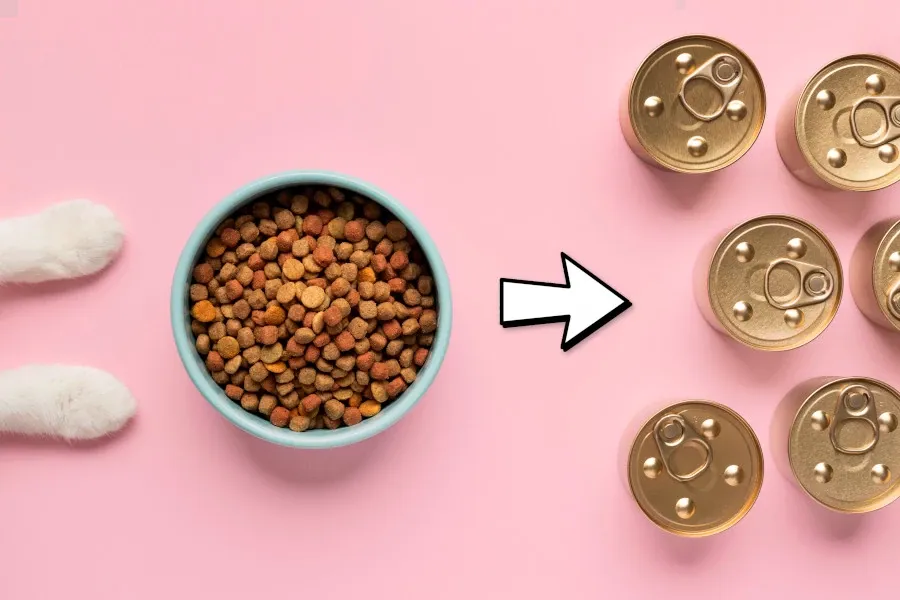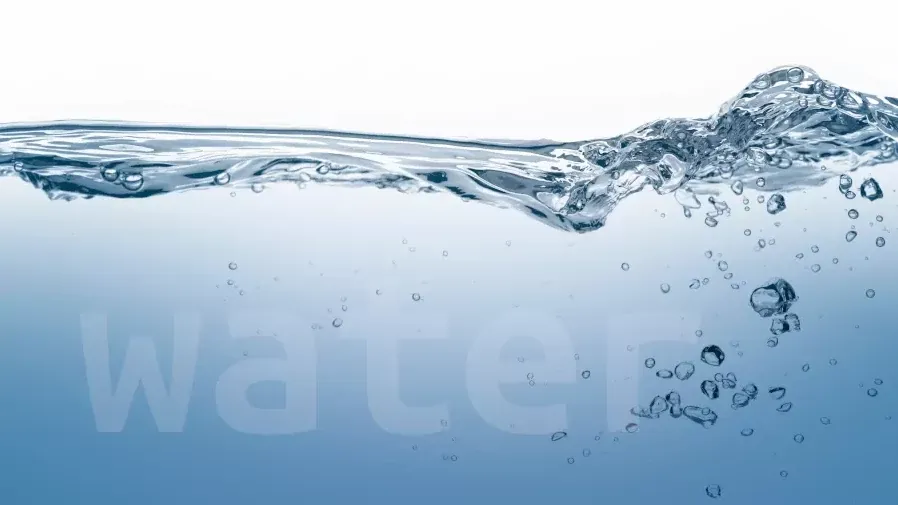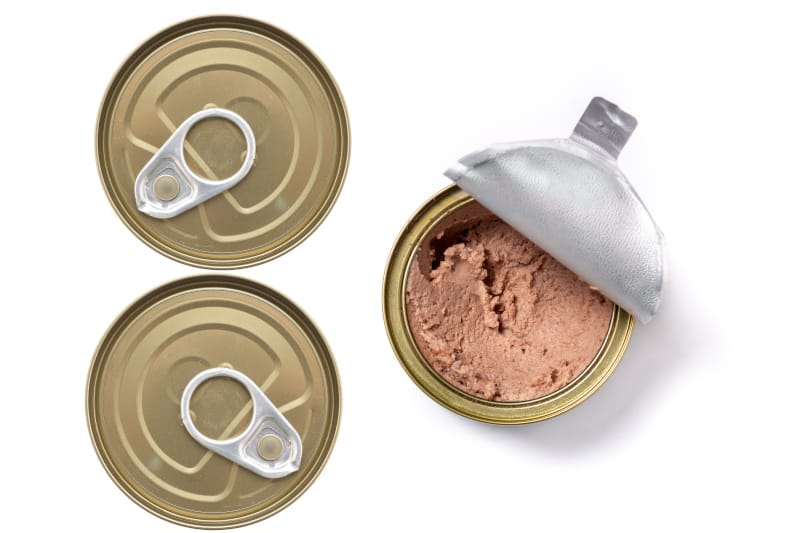The Dietary Change Every Household Should Make Today
Not everyone can feed cats a biologically appropriate diet. However, there is one easy change every household should make that will benefit the health of cats. Not feeding dry food or even limiting its use can spare cats the misery of kidney and urinary system diseases. Switching to wet food is key.

Without any doubt, a species appropriate diet for cats is the best we can do. It is the only way to take full control of what cats eat. However, not every household can provide a fresh raw meat diet.
So, what can we do? There is one change every household should make that is impactful and health sparing.
...switch from dry to wet
Just this one, simple change can significantly protect the cat's urinary system – from the urethra, all the way to the kidneys.
Notably, wet foods are far from perfect. But, cats on wet food at least have a better chance of being spared the agony of kidney or urinary system disease.
Dr Lisa Pierson (DVM) says that she would much rather see a cat on any canned food than on even the most premium, or expensive dry food 1.
...think of your cat
Dr Pierson expresses how jaded she feels from seeing cats needlessly suffer because cat carers are not willing to give up the convenience of dry food.
All dry food – even the most expensive, top notch, organic brands – have the same problem in common: They are depleted of moisture 1. So, switching to a premium quality dry food will accomplish nothing.
Cats will still be every bit as dehydrated and at risk for urinary system and renal disease.

...water, water, water
If readers take only one word away from this entire discussion, let it be water. Cats have evolved in arid climates where there is little drinking water.
They subsequently adapted to extract moisture from their food. As much as 75% of the cat's moisture requirement is obtained from the fluids in prey tissues 2.
It is this unique function that makes a cat so prone to kidney disease and disease of the urinary system.
...why is water so important?
Two thirds of the cat’s weight is made up of water and it is central to every chemical process within the feline body 3.
In addition to protecting the kidneys and urinary system, water hydrates the tissues so that disease causing toxins can be flushed from the body effectively.
...the price cats pay for being dehydrated
Sadly, renal disease is one of the leading causes of death in cats 3. Dr Lisa Pierson agrees that she treats diseases of the urinary system in her practice on a daily basis.
She sees cats with chronic kidney disease, upper and lower urinary tract infections, cystitis, bladder and kidney stones and life threatening urethral blockages 1. And many of her patients do not pull through.
All of these diseases stem from chronic dehydration from dry cat food.

...why not just put down an extra bowl of water?
Cats have a low thirst drive and drink very little water 2. They also respond very slowly to changes in their hydration levels 3.
And even if cats on a dry diet drink a substantial amount of water, it is rarely enough to keep them adequately hydrated 1.
A research study found that cats on dry diets drank six times as much water as their counterparts on high moisture diets 2. Despite the marked increase in water intake, the cats on dry food still showed a 30% moisture shortfall.
Their hydration levels continuously fell short from the healthy range. This can be attributed to the fact that they were not getting water in the way they were designed to.
...the easiest remedy
The best way to resolve this problem is to give cats food they can extract moisture from – the way nature intended. It is worth mentioning that cats on whole prey diets show even better hydration levels than cats on wet food 4.
How is this possible? The water provided by animal tissues surpass what canned foods provide. It also exceeds what cats require.
This results in much higher levels of urine output. Because urine output is so high, the urine is also less saturated 1. This is optimal to prevent stone formation and for the health of the cat's urinary system.
So, if optimal health is the goal, a biologically appropriate whole prey or raw meat diet is simply unbeatable. That is why so many resources on this website centres upon a correctly prepared raw diet.
...what to look for in wet foods
Dr Lisa Pierson (DVM) gives a few tips for choosing a good wet food. For better nutrition, a good quality, high protein, low carbohydrate canned food is ideal.
Low carbohydrate foods are those with less than 10% carbohydrates. However, to aim for between 3% to 5% carbohydrate content is ideal – the lower, the better.
She also admonishes to avoid saucy, gravy types of food as they usually contain high carbohydrate thickeners.
However, remember that changing to wet food is the primary goal here, so don't get too caught up in the numbers. If these more expensive foods are not obtainable, any canned food will suffice 1.
A special resource that is FREE to supporters and subscribers goes into greater detail about how to choose a great wet food.
...a word of caution
Avoid going down the dry prescription diet rabbit hole 1. Even though these trademark diets are touted as the best choice for cats with certain conditions, they pose the same health risks as any other dry food.
Dr Pierson sternly warns against these dry foods as they are marketing tools that create untrue perceptions. She strongly argues that the word 'prescription' is merely a way to seduce cat carers into buying products.
In her professional opinion, they offer nothing but a false sense of security.
...still provide enough fresh water
Even if cats eat a wet diet, this does not mean that the water fountain can be put away. Cats may still feel the need to drink some water.
For this reason, fresh water should always be available around the clock. Even if you never see them drink, it is still advisable to have fresh, clean water around the home, just in case.
"All About Essential Dietary Additions" will further discuss the importance of water. It will also provide a whole host of ways to increase the cat's fluid intake – in the right way. This useful resource will be available to supporters soon.


References
1 Pierson, L.A. (2016). Feeding your cat: Know the basics of feline nutrition. In Cat Info. Retrieved February 7, 2023, from http:// catinfo.org
2 Buckley, C.M.F., Hawthorne, A., Colyer, A. & Stevenson, A.E. (2011). Effect of dietary water intake on urinary output, specific gravity and relative supersaturation for calcium oxalate and struvite in the cat. British Journal of Nutrition, 106, S128 – S130
3 Peterson, D.E. (2011). Daily Water Requirements and Needs for Cats. In Animal Endocrine Clinic. Retrieved February 20, 2023, 2016, from http://www.animalendocrine.info/2011/10/daily-water-requirements-and-needs-for.html
4 Kerr, K. R. (2012). Nutritional evaluation of raw meat and whole prey diets for domestic and exotic cats. Unpublished Doctoral Dissertation, University of Illinois, Urbana, United States of America.
Disclaimer
The information provided on the Bestfedcats.com website is educational and informational. We are here to give guidance on how to feed a properly balanced raw diet. We also offer advice on how to improve the diet of the modern house cat. Please note that we are not veterinarians. We are not here to give veterinary advice. Best Fed Cats will not be held responsible for any adverse reactions to your cat based on the information on our website. The health of your cat depends entirely on you. We expect you to use your knowledge of your cats, their circumstances and their health – in conjunction with a trusted veterinarian – to determine if any advice provided on this site is appropriate for your cats.

